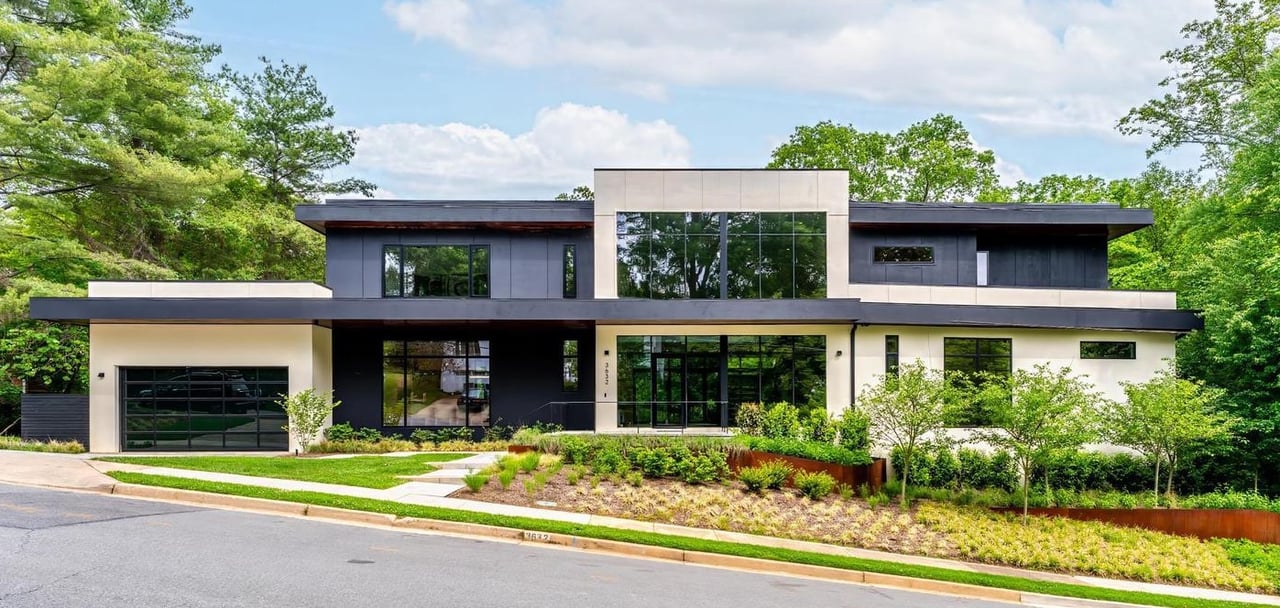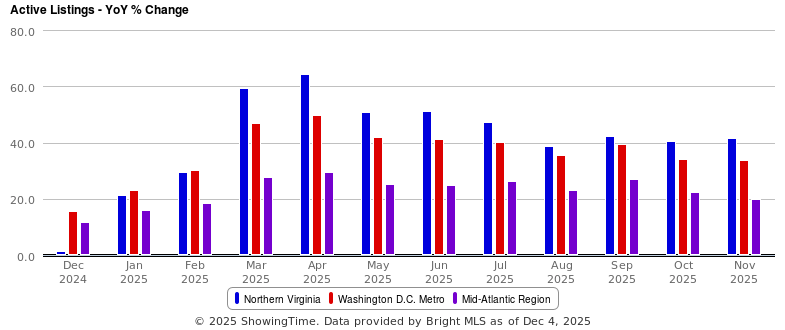Question: We bought an older home with original water and sewer lines. Who is responsible for the maintenance and replacement of these lines and how do I know if there’s a problem?
Answer: You are responsible for the main plumbing lines for water and sewage running between your home and the public lines. In most cases, the gas company is responsible for everything to and including the meter (attached to your home) and you’re responsible for the lines after the meter. The main lines are usually buried under your front yard and replacement costs (water and sewage) often start at a couple thousand dollars and can easily exceed $10,000. Costs vary based on a few key factors including:
- Distance from the public line to your home
- Pipe material
- Type of excavation/installation (difficulty in digging up old plumbing, # of turns in new pipe)
- Cost to return landscaping to original state (this is on you, not the County)
In most cases, Washington Gas will return your property/landscaping to its original condition, including hardscape and your lawn (even your driveway), after excavating for repair or replacement. It’s not a bad idea to find out where your gas supply line is and plan landscaping with that in mind.
Identifying Problems
The life expectancy on many of the most common materials used for main plumbing lines range from 50-100 years, but tree root growth, unnatural disturbances like new landscaping, corrosion, and pressure build-ups can cause leaks, blockages, and other damage that you should monitor.
The most effective and most expensive way to look for problems is to hire a plumber to scope the lines with a camera to see if there are any issues. The cost of doing this often exceeds $500 per line, but can give you peace of mind or early warnings of a problem.
If you don’t want to pay a plumber to scope your lines, you can monitor for signs of a problem:
- Water Line: higher water bills, lower water pressure, flooding in yard when there isn’t rain
- Sewer Line: slow drainage/clogs in multiple areas of the house, foul smell inside or outside, odd behavior from plumbing like bubbling sounds
- Gas Line: if you smell a gas/rotten egg odor, hissing sound from a gas line/meter, hazy/cloudy near gas line, plants dying, issues with gas-powered appliances
Good To Know
Here are some other helpful tips regarding the main lines for water, sewage, and gas:
- HomeServe USA, through Dominion Energy, offers insurance protection for the water supply line, sewer line, and in-home gas lines.
- In most cases, you can expect the gas company to have a utility easement on your property which allows them the right to access your property for repairs or replacement as needed. Check your survey/plat to verify this right of access.
- Polybutylene pipes (grey plastic) were used from the 70s-90s and prone to breakage. If your sewer lines is Polybutylene, consider replacing them now.
- Lead pipes (dull grey) were used in the early 1900s for water supply lines and risk leaching lead into your drinking water and should be tested or replaced.
- CSST (Corrugated Stainless Steel Tubing) became popular for gas lines in the early 90s and is often not property bonded which means a lightning strike can blow a hole in your gas line. Bonding your gas line is simple enough that most home owners do it themselves, although I must recommend you use a qualified Electrician.
- These days, PVC/CPVC are the most common piping for the main water and sewer lines instead of the heavier cast iron/galvanized steel options that used to be the standard. Copper is still a popular choice for water lines, but more expensive and more difficult to install.




